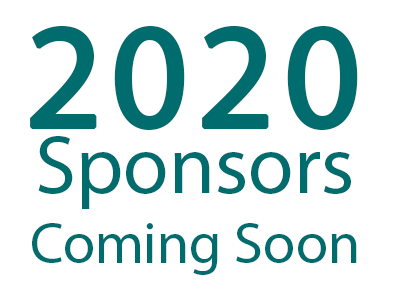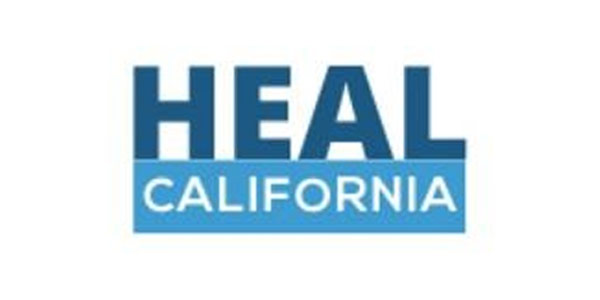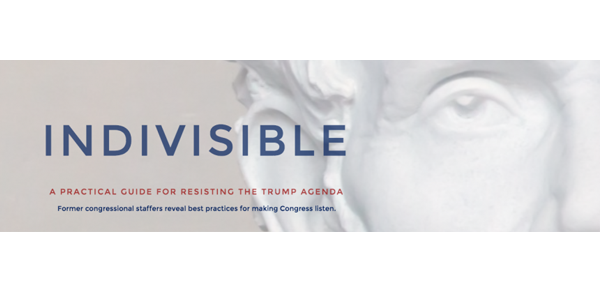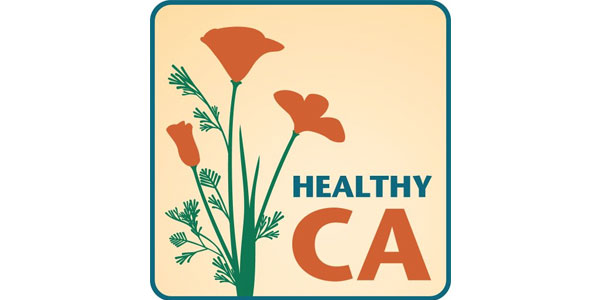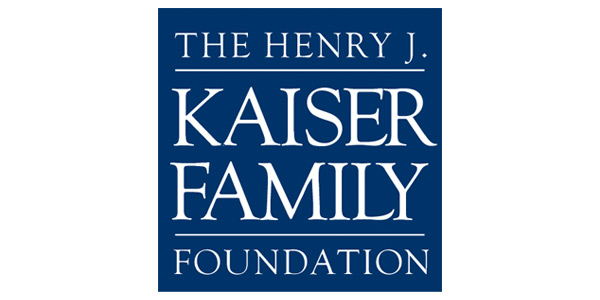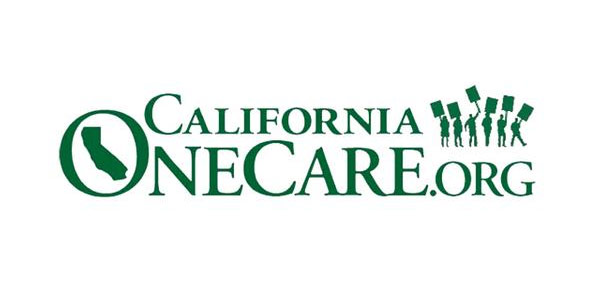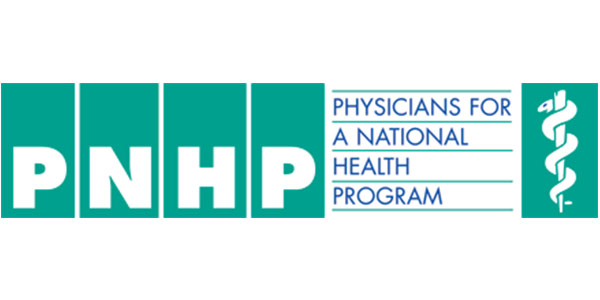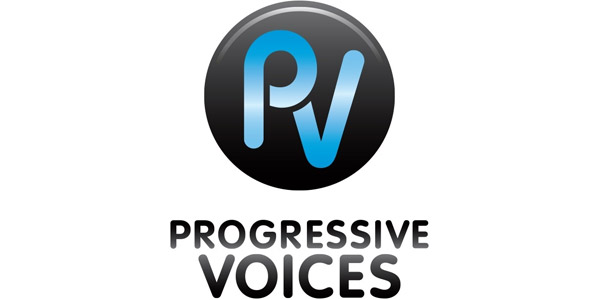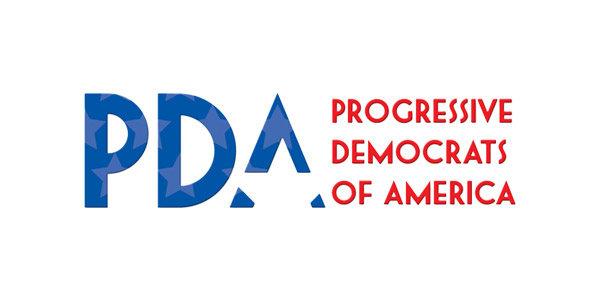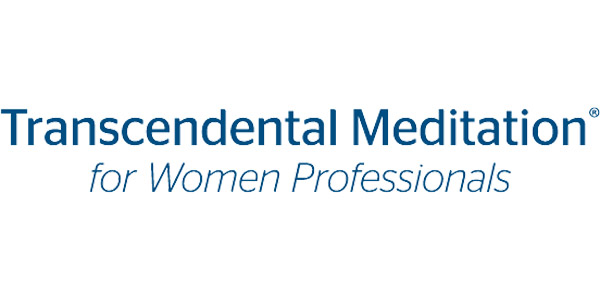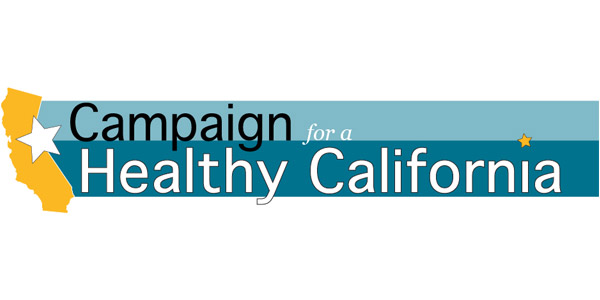Nurses Need Advocacy Skills
Florence Nightingale advocated for her patients. Today, as in the day of Nightingale, the nurse is the patient’s voice. The nurse speaks for the patient, mediates between the patient and others, and/or protects the patient’s right to self-determination (Ellis and Hartley).
Too often competing priorities, the hurry to complete tasks, or to complete documentation, take precedence over advocacy. Yet, advocacy is an ethic of practice and integral to a philosophy of nursing rooted in caring. Heightened nurse advocacy contributes to making the health care system less intimidating, makes the journey of patient and families less lonely, and improves the image of nursing.
Patient Advocacy has long been a focus in nursing but with the increasing complexity of health care, the need is even greater. Roles for patient advocacy range from assisting patients with the transitions from hospital to home maintenance to lobbying government agencies for health care issues. Advocacy is a concept involving analyzing, counseling, responding, and, if need be, whistle-blowing (Beyea, 2005). Advocacy in nursing has its theoretical roots in the field of ethics. The ANA’s Code of Ethics states: “The nurse promotes, advocates for, and strives to protect the health, safety, and rights of the patient.” The American Nurses Association (ANA) included advocacy in its definition of nursing in the words “the protection, promotion, and optimization of health…through…and advocacy in the care of individuals, families, communities, and populations.” (ANA Social Policy Statement, Second Edition, 2003, p.6)
Patients are vulnerable. This is particularly true if a patient with under-certainties of illness, undergoing surgery, altered level of consciousness, or is too ill or sedated to speak up for themselves. Clinicians sometimes decide what is best for a patient, sometimes without considering the patient’s wishes but also out of necessity. When the family care provider or the patient is afraid to speak, the nurse must advocate for the family. In some cases it can mean life or death. In other instances, it can provide the support for patients and families to help them cope with the uncertainties or inevitabilities that they face. Quite commonly, nurses translate, interpret and help patients and their families to understand what appears as healthcare gibberish. But, as Malik points out, although nurses are in the best position to act as advocate, “it can be a risky role to adopt” (Malik, 1997). As the nurse explores, informs, supports and affirms the choices of patients when conflicts arise, the nurse must remain the patient’s advocate even when it may not be the decision the nurse would make (Malik).
The challenges of advocacy became clear when I was put into the position of advocating for members of my own family. As a medical-surgical nurse for 30 years, a faculty member of a Health Sciences University for 20 years and a specialist in gerontology, I found the role of advocate not only risky but a lonely one. As nurses we are assumed to be able to manage the system, yet as I struggled to advocate, I appreciated how much more difficult this must be for many of our patients.
Recently, my husband, a 72 year old proud, strong man with a history of hypertension and Type 2 diabetes, was found by his endocrinologist to have a very high blood pressure and an elevated creatinine blood level. As luck would have it, this took place on a Friday. Of course, while my husband knew, he, like so many men of his generation, maintained his stoicism by not telling ME anything.
The next week, as he became more uncomfortable, I went with him to see an internist who promptly palpated the abdomen (at which point my husband tells us, “It feels like I have a football in my belly”). From the internist we were referred to the nephrologist, but as luck would have it, his was out of town. After a search for another, we hurriedly travel to another city to see him. The “stranger” nephrologist took a 2 minute history, as he was due in surgery in another city, and as he examines the prostate, states, “Whoa! THAT’S ONE BIG PROSTATE!!” I detected pride in my husband’s face.
The office nurse immediately catheterized his bladder and collected 1800 ml of urine! Though she used lidocaine jelly, the experience was excruciatingly painful. His BP went from 185/100 to 125/80 and he lost 5 pounds. The urologist quickly announces that my husband will need to catheterize himself (HIMSELF) daily, take three new medicines several times a day, and cancel all other medicines. As this plan was announced, my husband was experiencing profuse bleeding resembling thick tomato juice.
Home we went with trepidation and prescriptions in hand. Shortly after, the bladder spasms began and became unbearable. After four attempts to reach the doctor for his blessing to give over-the-counter pryridium for the pain, he prescribed it 10 days later.
From here we became very busy with:
- Catheter and leg bad by day and large bag by night, for six weeks
- Daily lab tests
- CT scans (when we met for the results of the first one, the nephrologist looked at the cd and said, “Did they use contrast?” “No”. “Well this is no good to me. If there are cancer cells I won’t see them!” He then rushed out of the office to reprimand the radiologist.
- KUB ultrasounds
- Cystoscopy (I held the information of what this procedure would entail)
- MRI for 2 hours
He refused, with a look that would kill, the urinary flow study. Some seven weeks after the initial symptoms, the diagnostic tests confirmed that there was a problem. The diagnosis now was to our great surprise, an enlarged prostate complicated by a “complex cyst” and a large kidney stone.
Eventually, a TURP was performed successfully. But like many older adults, my husband became somewhat “altered.” I spent the night at his bedside.
The postoperative surgery phase was a roller coaster ride. Vicodin for pain led to constipation/digital dis-impaction, the use of a catheter and leg bag for another week, three urinary tract infections (during one he had “rigors”, sudden paroxysmal shivering, teeth chattering and high fever), two trips to the Emergency Room, a lithotripsy, a disgusting intractable odor of putrid urine in the home. Can you feel it?? Frustration. Confusion. Exhaustion. ANGER.
Overall, the patient was very weak, anemic, depressed, and worried.
Cancer cells?
As his nurse advocate, I created a file for the hundreds of papers, some of which I had to demand. And I spoke out and questioned when the approaches to health care did not make sense. Our favorite frustration was the office staff who, for example, repeatedly explained that he would need to drink 1500 ml of water before the test to fill up his bladder. I repeated “He has a catheter.” “He HAS a catheter.” “HE HAS A CATHETER!!!” It appeared that THE HELPERS IN THE NEPHROLOGIST’S (8 nephrologists) OFFICE know little about nephrology!
My husband, like so many of our patients, was in pain, overwhelmed, and in denial. Of course, NOTHING would have happened without my consistent presence to translate, clarify, repeat, and advocate for my husband. I could barely follow all of this confusion, dates, times, preparations, follow-up. I have finally returned to work. When my husband appeared for his most recent exam, everyone asked, “Where is your nurse?” Irony to be sure. I was often angry, yet knew that it would be counterproductive to show it. I was not as successful with the patient.
Despite my frustration, I recognize that we are among the fortunate. We are well educated, intelligent, healthy people with excellent health insurance, outstanding physicians and facilities available to us. I am very aware of pathophysiology, medications, and treatments. I am a pleasant, agreeable person. Yet, overall, I felt that I was either expected to perform miracles in the way of communication or I was in the way. Not once did I feel useful or appreciated. The reality was that my husband was very ill and unable to think clearly. I cannot conceive of how anyone could have maneuvered our health care “system” on his own. Swimming through a maze as an outpatient!!
Tate, RN, states that not advocating on a patient’s behalf is a deviation from the standard of care (Tate, 2005). Yet, as she notes, far too many nurses have never learned or practiced this critical skill. She states, “I believe that no hospitalized patient should have to advocate for himself—ever. Nor should any family member or significant other ever be expected to have to have to advocate on behalf of their hospitalized loved one. This is a nursing responsibility” (Tate).
As a nurse educator for many years, I have reflected on my family’s experience and the lonely road of advocacy. I understand that advocacy must be taught. At my institution, the notion of advocacy may only be included in Health and Human Caring class or referred to at times in nursing classes. Learning about advocacy best occurs by observing other nurses or through experience.
Advocacy is a skill based upon a body of knowledge. Yet, the concept does not appear in the educational literature to the degree that it should. Among the current foundational resources available to nursing faculty, “advocacy” is hardy mentioned at all. In 2009, based on the Institute of Medicine competencies, Quality and Safety Education for Nurses (QSEN) faculty and a National Advisory Board defined the Knowledge, Skills, and Attitudes (KSAs) necessary to continuously improve the quality and safety of health care systems. These KSAs are to be developed in Nursing Pre-licensure, Transition to Practice, and Continuing Education programs.
Advocacy is mentioned in the first of six categories, “Patient-centered care”, defined as “recognizing the patient or designee as a source of control and full partner” in providing compassionate and coordinated care based on respect of patients’ preferences, values, and needs. This implies seeing “through the patient’s eyes.” Exploring ethical and legal implications of patient-centered care is another knowledge expectation.
Of the four Major Client Needs categories of the 2010 NCLEX test plan, the first is “Safe and Effective Care Environment”, enhancing care delivery to protect clients and health care personnel. One subcategory is “advocacy”. Advocacy should be implicit if not salient in ALL NCLEX categories.
Too often competing priorities, the hurry to complete tasks, or to complete documentation, take precedence over advocacy. Yet, advocacy is an ethic of practice and integral to a philosophy of nursing rooted in caring. Heightened nurse advocacy contributes to making the health care system less intimidating, makes the journey of patient and families less lonely, and improves the image of nursing.
![]() This article was shared with us by NurseTogether.com.
This article was shared with us by NurseTogether.com.
Based in Charlotte, NC, NurseTogether.com is one of the fastest-growing, free online professional communities for nurses. Specializing in unique nursing lifestyle, career and professional development information, NurseTogether.com’s mission is to empower the nursing community through top-quality original content from experts, interactive web-based social media tools, and value-added services through key strategic partnerships in a variety of nursing and lifestyle disciplines.
REFERENCES
ANA Social Policy Statement. 2nd Ed. Retrieved from www.QSEN.org, 2003 Code of Ethics for Nurses.
“The Nurse’s Role in Ethics and Human Rights: Protecting and Promoting Individual Worth, Dignity, and Human Rights in Practice Settings” ANA Policy Statement. Retrieved from http://www.nursingworld/MainMenuCategories/HealthcareandPolicyIssues, June 14, 2010.
ANA Position Paper, “Workplace Advocacy” retrieved from /ANA Position…6/6/2011
Beyea, Suzanne C. “Patient Advocacy. Nurses keeping patients safe.” AORN Journal, May 2005.
Cronenwett, L., Sherwood, G., Barnsteiner, J., Johnson, J., Mitchell, P. et al (2007). Quality and Safety Education for nurses. Nursing Outlook, 55(3) 122-131.
Ellis,J., and Hartley, C. (2008). Managing and Coordinating Nursing Care (5th Ed.). Philedelphia, Lippincott.
Foley, B.J., M.P. Minnick, C.C. McKee “How Nurses Learn Advocacy” Journal of Nursing Scholarship 34 no.2 (2002) 181-186.
Institute of Medicine. Health professions education: A bridge to quality. Washington, DC: National Academies Press; 2003.
Malik, M, “Advocacy in Nursing—A Review of the Literature,” Journal of Advanced Nursing 25 Jan 1997;25 (1) 130-138.
National Council of State Boards of Nursing, 2010 NCLEX-RN Detailed Test Plan for the Educator, Chicago, Illinois
Scandanavian Journal of Caring Science 2006 September 20 (30): 282-292.
Tate, RN. “Patient Advocacy: The Nurse’s Responsibility”. Topics in Advance Practice Nursing eJournal 8/2005;(2).

